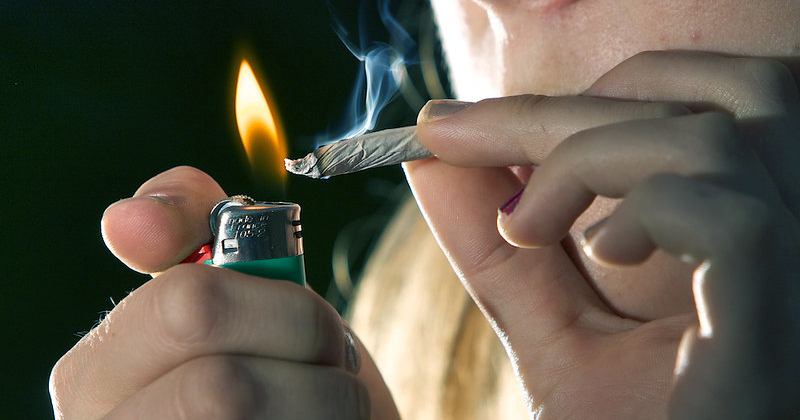Addictive disorders
and virtual reality

Substance-related disorders and addictive disorders require a biopsychosocial intervention and the use of multiple intervention techniques based on empirical evidence. Likewise, both the protocols and the techniques used must be adjusted to the therapeutic moment (prevention, treatment, management of relapses) and to the substance used (NIDA, NHS,SNS-PND).
The environment “La Terraza” is aimed at evaluating and intervening against the craving or impulse to use cannabis through stimulus exposure therapy with the aim of increasing abstinence and desire to use management skills. Craving (Castillo et al., 2008, Fatseas et al., 2015) is one of the variables that has been shown to be relevant in the evaluation (for example, Bordnick et al. 2005, Bordnick et al., 2009, Traylor et al. al., 2011, Mcrae-clark, 2012, Hone-Blanchet et al. 2014, Bordnick et al., 2015, Fatseas et al., 2015, Palamar et al., 2015, Iglesias and Tomás, 2016, O’Neill et al., 2020, Segawa et al., 2020), relapse prevention and treatment (e.g. O’Brien, 1990, Kuntze et al, 2002, Filbey et al., 2009, Witkiewitz and Marlatt, 2007, Hone- Blanchet et al. 2014, Giovancarli, et al., 2016, Guven et al., 2017, Man, DWK, 2018 and O’Neill et al., 2020) of substance-related disorders.
Some of the substances in which the role of craving has been studied at different moments of the therapeutic process have been cannabis (for example, Graap and Ferrer 2006, Fatseas et al., 2015, Guven, FM, et al., 2017, O’Neill et al., 2020), alcohol (for example, Bordnick et al. 2008, Fatseas et al.,, 2015,) and tobacco (for example, Bordnick et al. 2005, Giovancarli, et al., 2016,).
Virtual Reality as a methodology has been shown to be a tool that can facilitate practice in these three areas (for example, Kuntze et al, 2002, Bordnick et al. 2005, Bordnick et al., 2006, Hone-Blanchet, A., 2014 , Giovancarli et al., 2016 and Springer, New York, N., 2019).